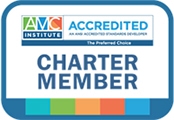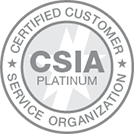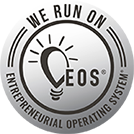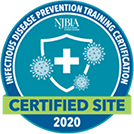I recently attended a webinar that focused on social media analytics and it surprised me by confirming what I believed to be my “mid-40s” perspective on social media and corporate messaging.
Despite the ever-changing world of social media and the constantly changing technology that is available, there continue to be some tried and true methods for messaging. Additionally, the two parts of the webinar spoke to two specific elements of social media – the use of the social media tools themselves and the resulting use of the analytics that are offered.
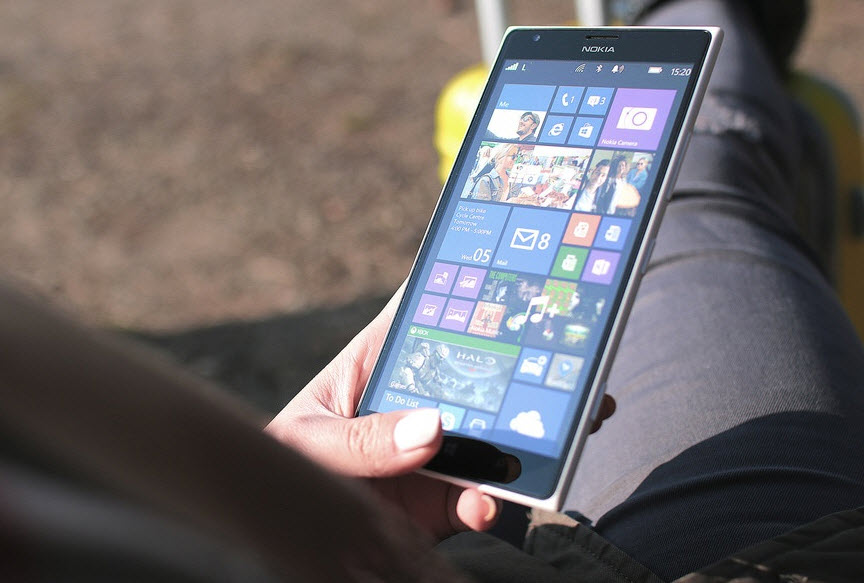
While more than 50% of the world’s population uses mobile devices and more than 55% of media consumption is via mobile device there is a threshold for how much information the public can consume in the face of the continuous barrage.
The presenters talked about “content shock” or information overload. As a membership organization there is a fine line between not enough and too much information… a small window between not getting the information needed and the saturation point where members experience overload and subsequently become unresponsive. Many associations and organization are finding that social media, despite its many forms, has a limit to its effectiveness and there are some simple lessons to be learned.
Lesson #1: If it ain’t broke, don’t fix it.
If your membership responds well to email, Facebook or another medium, stick with it. Just because Google+ (or SnapChat or “insert name here”) is supposed to be the “latest and the greatest” doesn’t mean it is an effective tool for your membership. If your members don’t “tweet” Twitter will have minimal impact. Conversely, if they love taking pictures, Instagram may feed their desire to share information. For example, AH's client partner, the National Association of Professional Organizers (NAPO), finds that their membership is truly adhered to Facebook and likes to receive streamlined emails with a simplified call to action. These are the mediums their members relate to. And good news for the NAPO staff, despite all of the competition in the social media market, Facebook still leads the pack with over 2 billion active users.
Lesson #2: Social media is a tool for communications professionals, not an end-all, be–all means of transferring information.
How does your membership relate to social media? By understanding how your membership relates to social media you will have a better understanding of how social media can help you achieve your goals. Do your followers share your posts? Do they re-post, or click through to a call to action? By figuring out how your members engage with social media it can help you become more adept at using it based upon your audience.

Lesson #3: Use social media to test out ideas.
Social media is an inexpensive way for marketing and communications professionals to test out messaging, copyright, images or videos in a low cost easy to track environment. Analytics that are offered on many platforms help to identify what messages are resonating with a target audience, and how that message is spreading. Using Key Performance Indicators (KPIs) show how well a message is received, how it is shared, what kind of engagement is resulting from it and how much traffic a message receives. Utilizing social media analytics can help to determine best messaging strategies, timing and other specifics to truly maximize marketing and social media efforts.
The remainder of the session focused on the specific use of different social media sites and their analytic functions to truly measure the efficacy of a social media campaign. Each platform compiles and shares different social media functions to educate the marketing professional.
The key for each professional is to learn how to use the full complement of services offered to truly identify which functions are serving its membership. Using the analytics will help the professional to adhere to lessons #1, #2 and #3 above so that time and resources are not wasted.

